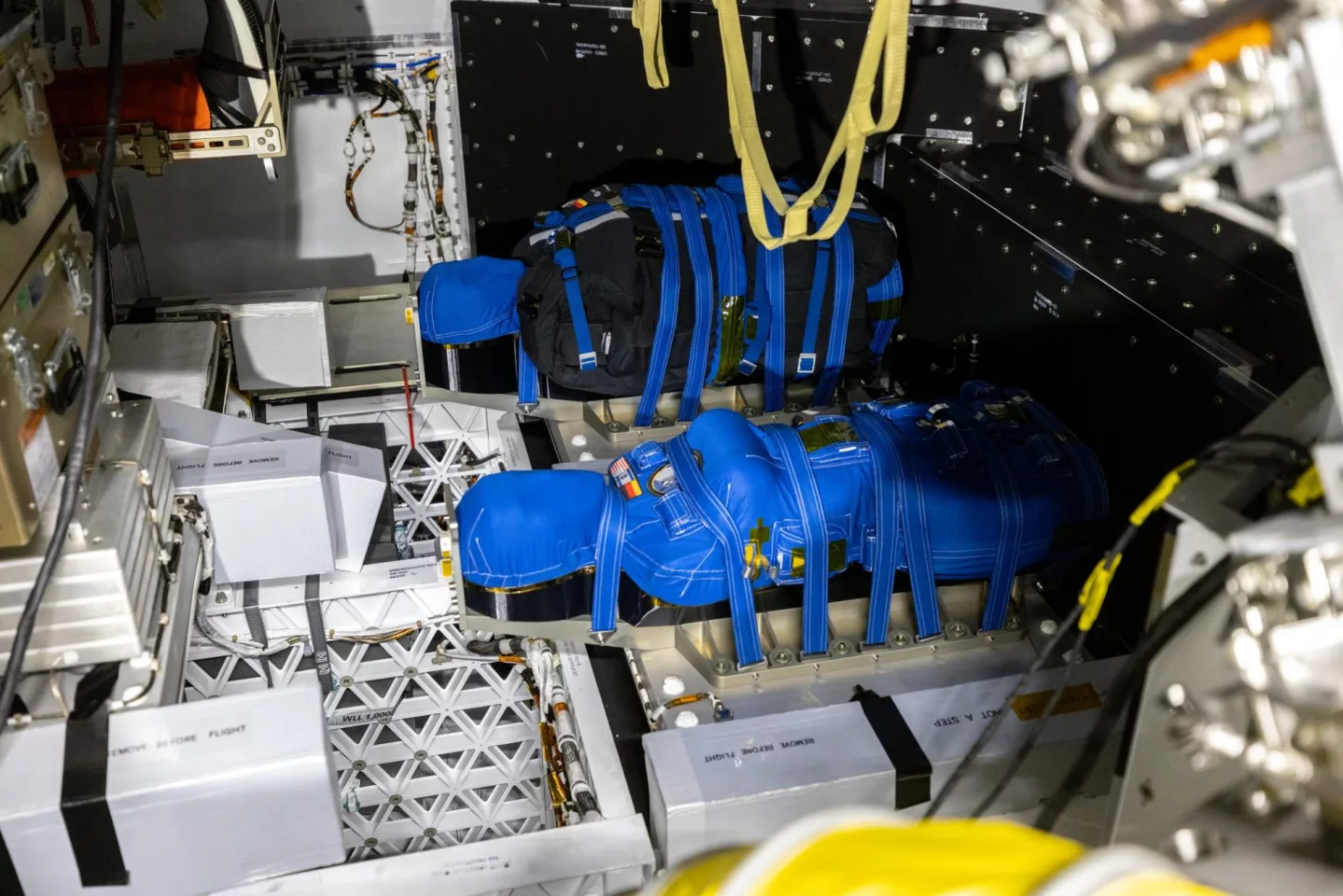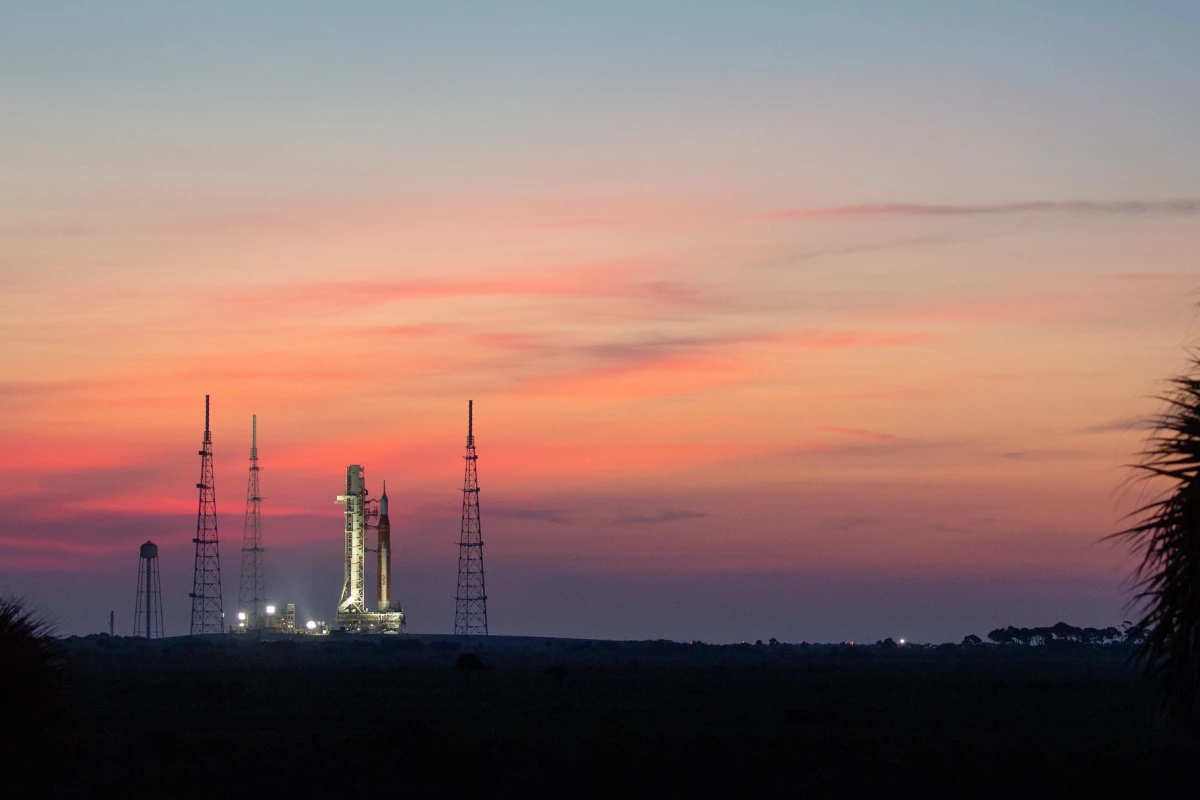Following more than a decade of development, delays and testing, NASA's most powerful rocket ever now seems ready for liftoff. The Space Launch System and Orion spacecraft exited the vehicle assembly building yesterday, headed to the launchpad for a maiden journey around the Moon.
NASA laid out the potential launch windows for its uncrewed Artemis I demo last month, eyeing a series of dates on which the necessary elements would align for mission success. This involves timing the Moon's position in its lunar cycle for successful entry to orbit, mostly keeping the Orion spacecraft out of darkness and timing the capsule's return to Earth for a daytime splashdown.
Goodbye, VAB! 👋 pic.twitter.com/wMtng7qNMY
— NASA's Exploration Ground Systems (@NASAGroundSys) August 17, 2022
August 29 was the first of the dates on the list, and all going to plan from here, it's the day the agency will kick off a new chapter in space exploration. NASA had originally planned to roll SLS and Orion out to Launch Pad 39B at Florida's Kennedy Space Center on Thursday local time, but moved ahead of schedule after engineers were satisfied with some final testing and checks.

The journey took between eight and 12 hours, with the SLS and Orion spacecraft being carried by NASA's crawler-transporter buggy across four miles (6.4 km). Aboard the Orion capsule are manikins fitted out with sensors to measure radiation levels that future crews will need to endure on such a mission, while the spacecraft will carry scientific payloads and CubeSats that will be deployed along the way.
Should something foil NASA's plans for the August 29 lift-off, it has also earmarked September 2 and September 5 as backup launch dates.
Source: NASA
Editor's note: This story was updated on August 18 to reflect the successful arrival of the SLS and Orion at the launchpad.






